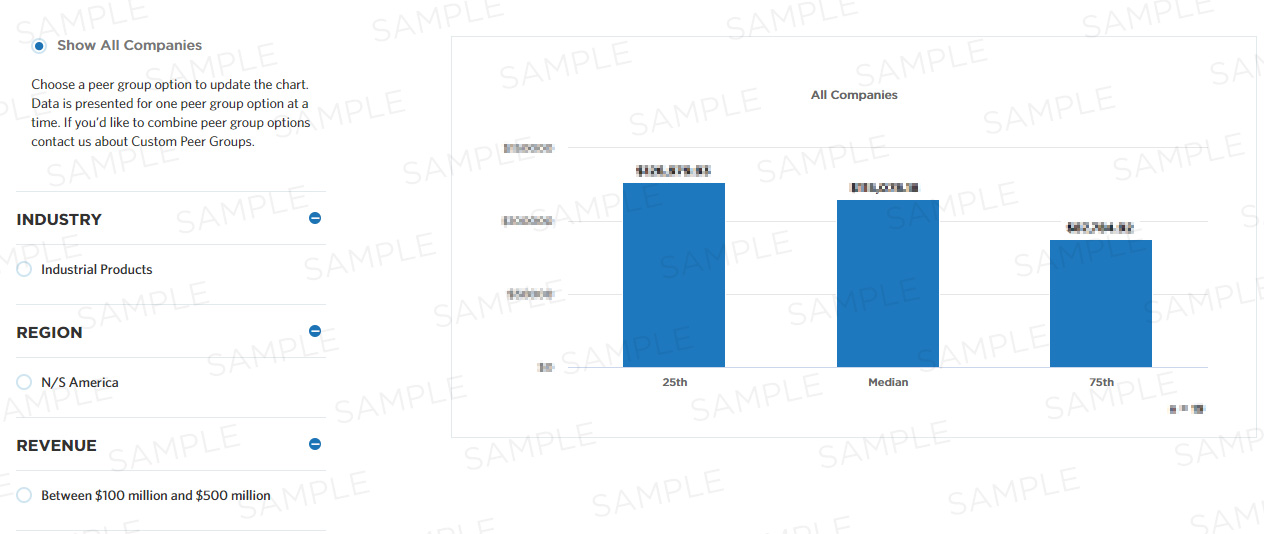Percentage of IT operating costs, excluding depreciation/amortization, dedicated to develop and manage IT customer relationships
This measure calculates the percentage of IT operating costs, including depreciation/amortization, allocated to the process group "develop and manage IT customer relationships," which manages the communications and interactions between the customers of IT and the providers of IT services and solutions; helps the customer to develop justifications for requested IT services and solutions; and monitors customers' satisfaction with the development, deployment, and ongoing support of IT services and solutions. In this measure, operating expense includes internal personnel cost, external personnel cost, hardware cost for both owned and leased hardware excluding hardware dedicated to data and voice networks, software cost to include both purchased software and software as a service, data and voice network costs as well as equipment dedicated to data networks and allocations to IT for shared sites and services (e.g., and allocation for corporate facilities and general overhead). It is part of a set of Supplemental Information measures that help companies evaluate additional variables not covered elsewhere for the "develop and manage IT customer relationships" process.
Benchmark Data
| 25th | Median | 75th |
|---|---|---|
| - | - | - |

Compute this Measure
Units for this measure are percent.
Percentage allocation of IT operating costs, excluding depreciation/amortization, to developing and managing IT customer relationships
Key Terms
Supplemental Information
Supplemental information is data that APQC determines is relevant to decision support for a specific process, but does not fit into the other measure categories such as cost effectiveness, cycle time, or staff productivity.